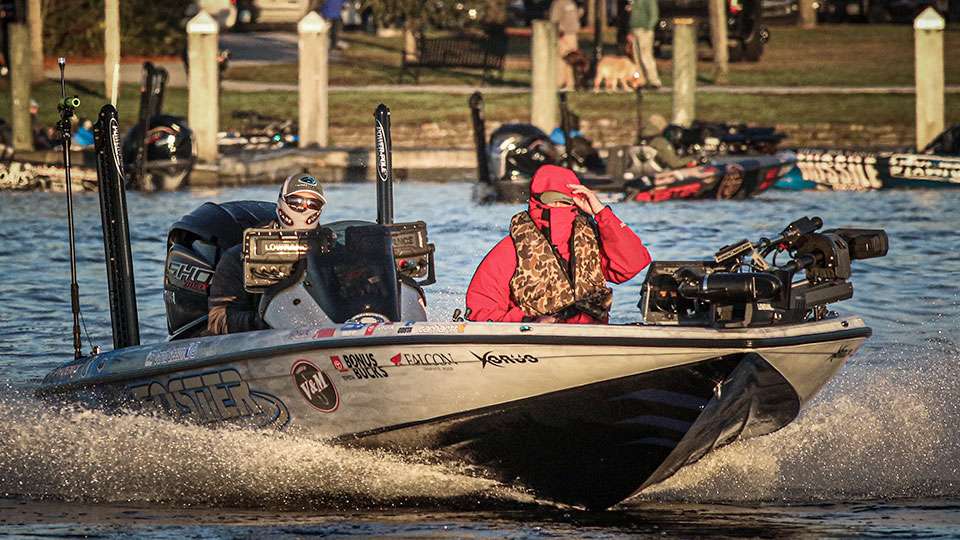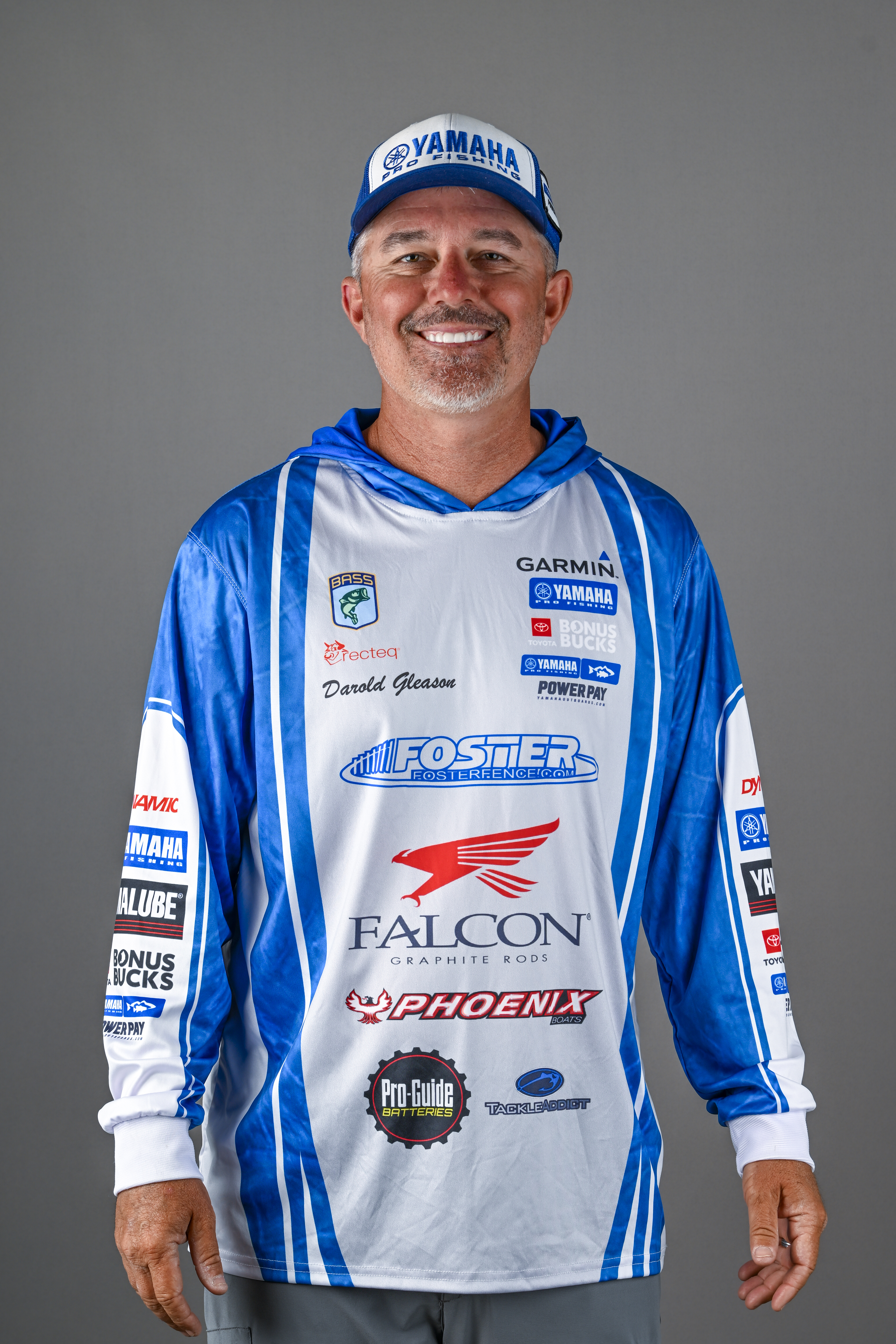
One of the things I love most about the east Texas and Louisiana waters where I do my guiding is the diversity. Even in the wintertime when we typically think about everything slowing down, there’s actually a lot going on if you take time to adapt throughout the day.
This time of year, you always hear people talk about creek channels, ditches, drains and that kind of stuff. In these places, we’re looking for bait — the shad, groceries. That’s a big part of seasonal fishing, but there’s more to the story.
What’s really neat this time of year is what happens on the larger reservoirs like Toledo Bend and Sam Rayburn. You have deep fish and shallow fish, but you can develop similar patterns for both.
For shallow fish, you’re looking for those ditches and drains that have some scattered grass and stumps. Then you want to determine which ones have bait. Maybe the wind’s blowing a certain way, and it will push the bait into those shallow areas. That’s where you see people ripping lipless baits and throwing squarebills.
For deeper fish, your electronics play a key role. Your mapping system will show you the drains, ditches and creek channels, and if you put in enough idling time, you’ll find the bait.
You’ll typically find those groceries on a hard spot, a turn or a point — always something different. You’re not going to get in a creek, go down a perfectly straight section of it and locate them. It’s going to be something where the fish can ambush bait.
Just recently, I started my day on a shallow drain and caught fish on a jerkbait. It was a warmer day, and the fish were actually schooling in the morning, but it was a little too cold for a topwater. I went with the jerkbait and caught fish for the first hour or two.
Once that little feeding window closed on those shallower fish, I spent the rest of my day out deep. I focused on graphing, using my forward-facing sonar and throwing things like an Alabama rig, a single swimbait and a tail spinner I designed for V&M Baits called the Lil Hammer.
I like that small swimbait on post-front, bluebird days when the fish are not aggressive — or when they get focused on smaller baitfish. That A-Rig comes into play on nasty, windy days, or if I’m around bigger fish.
I’ll use the 1-ounce Lil Hammer when the fish are near the bottom and especially if I find a group of them — maybe on an underwater point or the back of drain. I especially like that tail spinner because we have a lot of white bass mixing with the largemouth this time of year. That bait is a good way to quickly identify what fish you’re seeing on electronics.
What’s interesting about these reservoirs is that there are multiple patterns you could get on in a single day. You may start on the shallow bite, but if that tapers off, your day isn’t over. You just keep searching until you find the next pattern.
It’s all about being able to adjust. When one pattern tapers off, transition with the fish. Remember, they’re always biting something somewhere.





